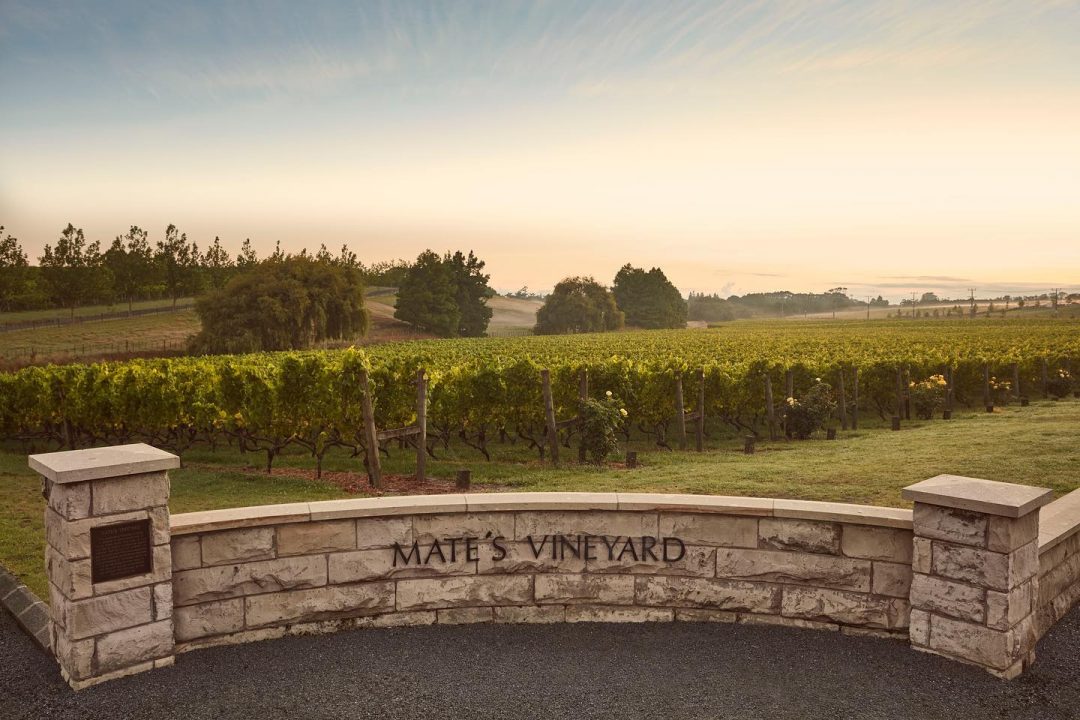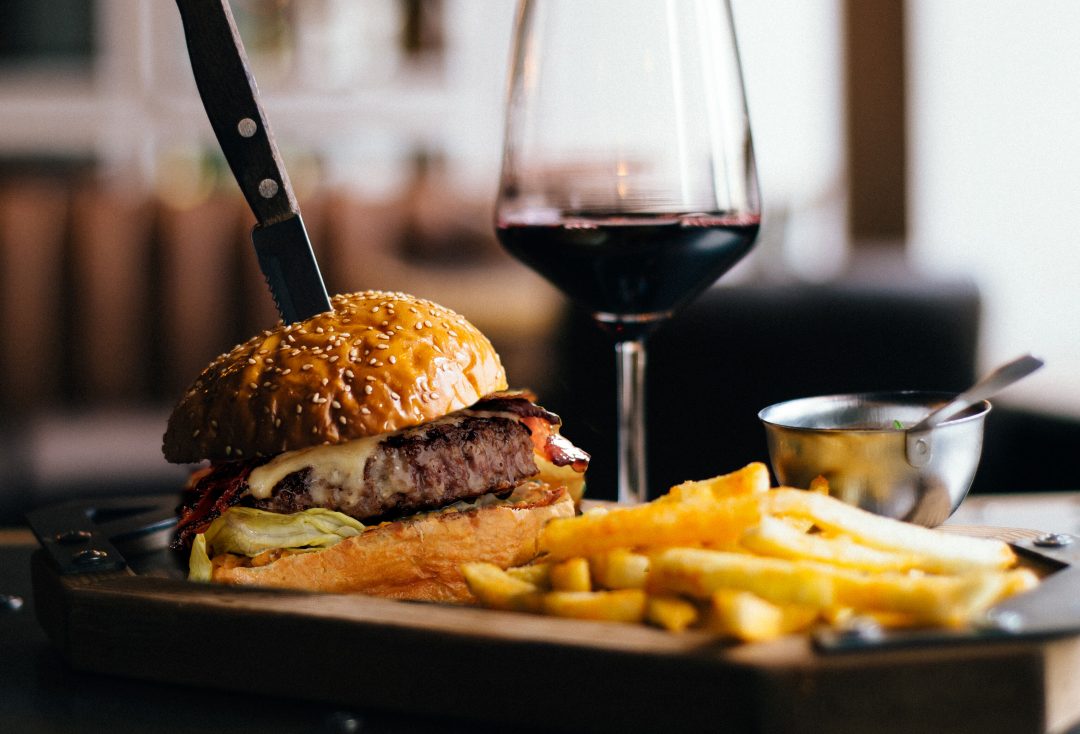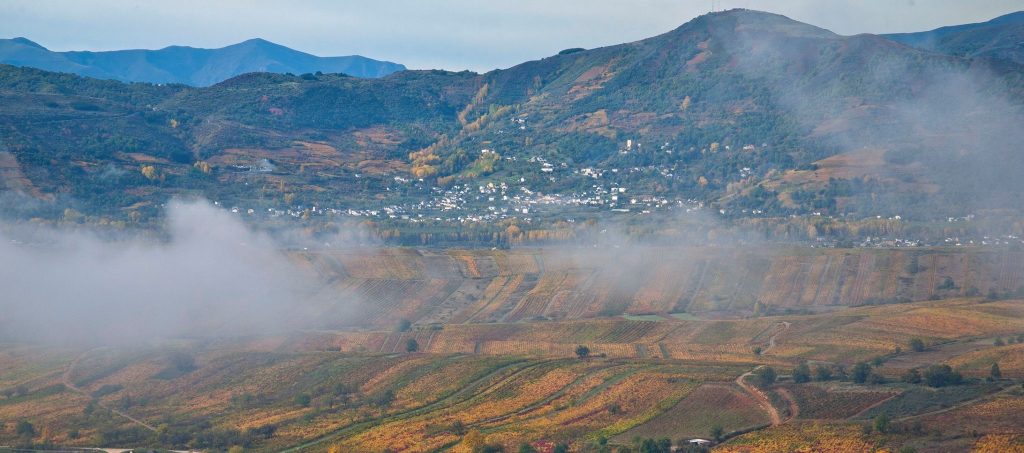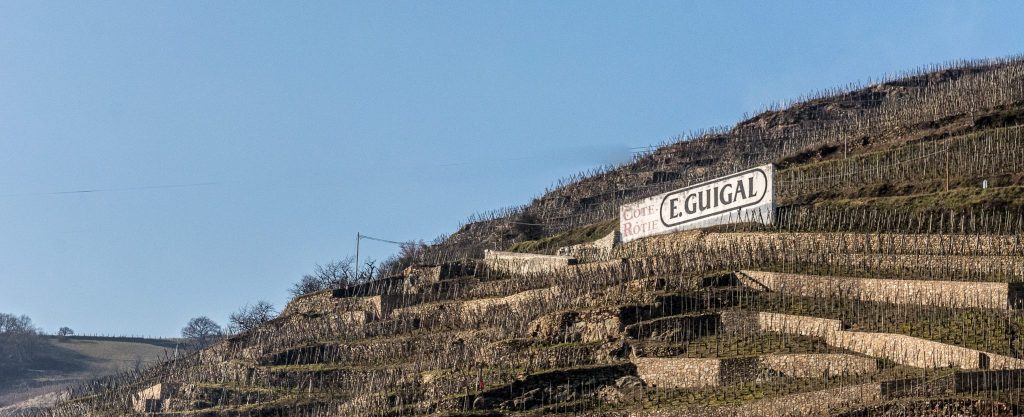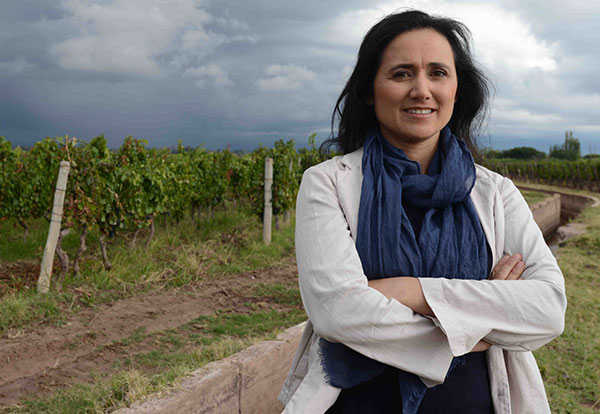My mother hates Chardonnay wines. Won’t drink them… unless I trick her (which I love to do). Because who could just sweepingly reject a grape with so many fascinating permutations of style?
My years in Burgundy, in the mid 2000s, entrenched my love for Chardonnay. Trained as I was, on this racy, tart fruited, mineral-driven form, I will admit to turning my nose up at the lush, vanilla-heavy iterations coming out of the Languedoc, Australia, and California at the time.
With this outdated notion of Chardonnay in mind, I can see how one might not be a fan. But much has changed in the past 15 years. Thrilling, crisp, and complex Chardonnays are now being made around the world.
Chardonnay is often referred to as the winemaker’s grape. Climate and terroir are indeed major factors in determining aromatics, acidity levels, and body, but the choices made in the winery often define its final character.
Chardonnay is often referred to as the winemaker’s grape…the choices made in the winery often define its final character.
Picked at marginal ripeness, Chardonnay has a subtlety of aroma and flavour, coupled with overall vibrancy and finesse that make it an ideal candidate for traditional method sparkling wines. Just look at premium sparkling wine regions across the globe, and you will always find Chardonnay in a starring role.
Vinified in stainless steel, still Chardonnay wines can range from the bracing, taut, earthy Chablis style that screams out for briny food pairings, to soft, rounded, stone, or tropical fruit-laden charmers.
Fermented with wild yeasts, in neutral oak, with minimal intervention, Chardonnay wines often take on a savoury character, and an almost mealy texture (which may not sound attractive, but trust me, it can be). If you have ever had the Cuvée Dix-Neuvième Chardonnay from Pearl Morissette, you will know what I mean.
In the Jura region of France, the traditional oxidative, flor-influenced expression of Chardonnay is inciting renewed interest from sommeliers world-wide. Vivid lemon, apple aromas mingle with nutty, exotic spice, baker’s yeast tones on these intricate saline wines.
In fact, the Jura pretty much sums up the diversity of Chardonnay wines in one tiny vineyard area. Elegant Chardonnay Blanc de Blancs Crémants are made here, alongside the aforementioned oxidative styles, and classic (ie. non-oxidative) Chardonnay produced in inert vessels or regularly topped up barrels.
When it comes to barrel maturation, Chardonnay is – arguably – the variety with the greatest affinity for oak. Chardonnay wines with sufficient body, depth, and natural acidity can stand up to even lavish amounts of new French oak – though most of today’s top Chardonnay producers tend to use more second and third fill barrels, than new.
Chardonnay wines with sufficient body, depth, and natural acidity can stand up to even lavish new French oak use.
In short, the winemaker has a vast array of tools in their belt when it comes to Chardonnay. Depending on climate and desired style, they can block malolactic fermentation for brisker acidity, or encourage it to soften a wine and add tempting buttery nuances. For a creamier, more satiny texture, they can stir the fine lees more frequently, they can play around with ageing duration, and so forth.
I have been fortunate enough to drink a number of spellbinding Burgundian Chardonnays and Champagnes over the years. While they remain a cherished benchmark, many other Chardonnay producing regions are turning my head these days.
Here are three Chardonnay producers that really stood out for me in 2021:
Kumeu River Wines (Auckland, New Zealand)

I first discovered Kumeu River wines at a Master of Wine tasting seminar. The estate’s owner and winemaker, Michael Brajkovich, is a Master of Wine. His wines rank among the highest echelons of Chardonnay coming out of New Zealand today.
In 2014, British importer Farr Vintners pitted top Kumeu River bottlings against revered 1er and Grand Cru Bourgogne wines in a comparative blind tasting for the local wine cognoscenti. The results were conclusive. The Kumeu River wines scored equally well, and in some cases outshone, their Burgundian rivals.
The sustainably farmed 30-hectare estate is located just 25-km northwest of Auckland, on New Zealand’s North Island. The proximity of both the Tasmanian Sea and Pacific Ocean result in a temperate maritime climate, with abundant sunshine and cooling sea breezes. The soils are mainly clay, with underlying sandstone.
My most recent Kumeu River tasting was of the 2019 vintage – from the Estate to the top-tier cuvées: Maté’s Vineyard and Hunting Hill. The 2019 vintage was described as, “an exceptional vintage of unsurpassed quality” due to its warm, dry, sunny conditions. And indeed, all of the wines displayed impressive harmony and purity of fruit.
At each quality level, these wines over-deliver for their price. The 2019 Estate Chardonnay is vibrant and glossy, with just a whisper of toasty oak, and pretty ripe lemon, yellow orchard fruit, wet stone aromas. The Hunting Hill and Maté’s vineyard are hugely concentrated, textural wines with hauntingly vivid aromatics and stylishly integrated oak.
At the time of tasting, the 2019 Maté’s Vineyard was slightly more restrained and tensile, with tangy citrus and flinty nuances, giving way to richer, riper tones with aeration. The Hunting Hill was comparatively opulent and generously proportioned, with honeyed stone to tropical fruit nuances, though still with that thrilling acidity and flinty expression that make all of Kumeu River’s wines so balanced and breathtaking.
Domaine André et Mireille Tissot (Jura, France)

Long-time readers will know that I spent some time in the Jura last summer filming a wine travel documentary (which really is coming soon, despite the long wait!). Over the course of a delightful afternoon, Stéphane Tissot showed me around several of his prime vineyards and poured a wide selection of his wines. The highlight was a comparison of his best Chardonnay wines, to understand the difference between the limestone vs. marl soils.
Stéphane Tissot is the son of André and Mireille Tissot, founders of their eponymous Montigny-les-Arsures winery. Stéphane and his wife Bénédicte took up the reins in the 1990s, growing the property to its current 50 hectares and converting its vineyards to organic and biodynamic viticulture.
Under Stéphane and Bénédicte’s stewardship, the estate became known for its diversity of terroir-focused wines. Previously, the Jura was best known for its appellation-wide, blended approach. Tissot was one of the pioneering figures of this new movement, which aims at demonstrating the region’s soil, climate, and topographical diversity in the bottle.
To illustrate his theory, Tissot poured me three Chardonnay wines: Les Graviers 2018, La Mailloche 2018, and a decanted Tour du Curon 2006. While they all shared a lively, initially taut character, giving way to impressive depth on the mid-palate, each wine was distinctive in its flavour profile and texture.
Gravier is the French word for gravel. This cuvée is so named as it hails from a selection of sites with limestone scree soils over clay sub-soils. Flinty, smoky notes abound on the nose, and the palate has a beguiling silky freshness.
La Mailloche is sourced from vineyards with heavy, clay-based soils. It is fuller in body, with an attractive savoury rusticity that Stéphane explains is typical of the region and terroir. Refreshing bitter hints linger on the finish.
The Tour de Curon is a walled parcel of just 15-ares, sitting high atop a limestone-veined outcrop looking down over Arbois. Intense aromas of grilled hazelnut, flint, ripe lemon, and earthy nuances unfurl in successive waves. The palate is powerful yet immensely elegant. A true “tour” de force.
On Seven Estate Winery (Niagara, Canada)
Photo credit: On Seven Estate Winery
In 2019, I interviewed celebrated Canadian wine writer, Tony Aspler, about Ontario’s potential to develop a global fine wine identity. He enthused about Chardonnay and insisted I try the wines of a new Niagara-on-the-Lake producer called On Seven. I purchased a bottle of the 2017 The Pursuit and have been an admirer of the winery ever since.
The name On Seven refers to seven acres of land acquired by Vittorio and Sula de Stefano in 2009. After extensive uprooting, site analysis, and planning, five acres were planted in well-draining, calcareous soils. No expense was spared. After a lengthy wait, de Stefano was able to procure top rootstocks and clones directly from Burgundy’s highly respected Mercier nursery.
Under the guidance of veteran viticultural consultant, Peter Gamble, On Seven proceeded to produce very low yields (1 – 2 tonnes per acre) of certified organic wines of impressive complexity and finesse. My recent tasting of the 2018 vintage The Pursuit and The Devotion cuvées definitely reinforced this impression.
The quality here is all the more noteworthy given the location of vineyards. Niagara-on-the-Lake is home to many of the warmest vineyard sites of the peninsula. Most vintners head for the benchlands, in the Niagara Escarpment area, to make cool climate Chardonnay.
On Seven’s Chardonnay wines offer an intriguing balance. They are generously proportioned, with ripe, yellow fruit flavours, backed by a chiselled structure, hints of salinity, and lip-smacking acidity. The Pursuit is slightly leaner, racier, with more delicate oak spice, whereas the top wine, The Devotion, is glossier with a wonderfully creamy texture and lingering, toasty nuances.
Given the boutique size of the winery and lengthy ageing (three years from harvest to bottling), it is not always easy to get your hands on a bottle. If you live in Ontario, I highly recommend getting on their mailing list for future releases. In Québec, we should be seeing some small allocations coming into fine dining restaurants within the year.
This Chardonnay Wines article was originally written for Good Food Revolution. Want to learn more about artisanal food, wine, beer and spirits? Check out their excellent website.

